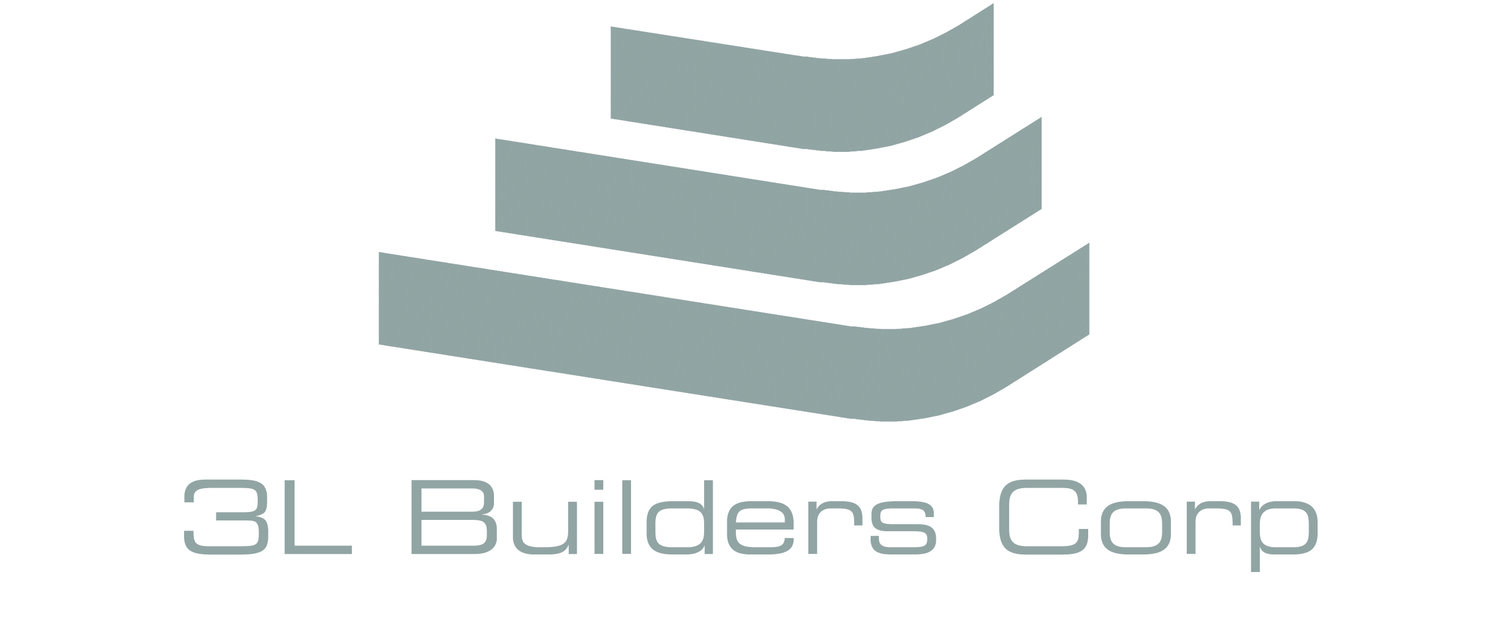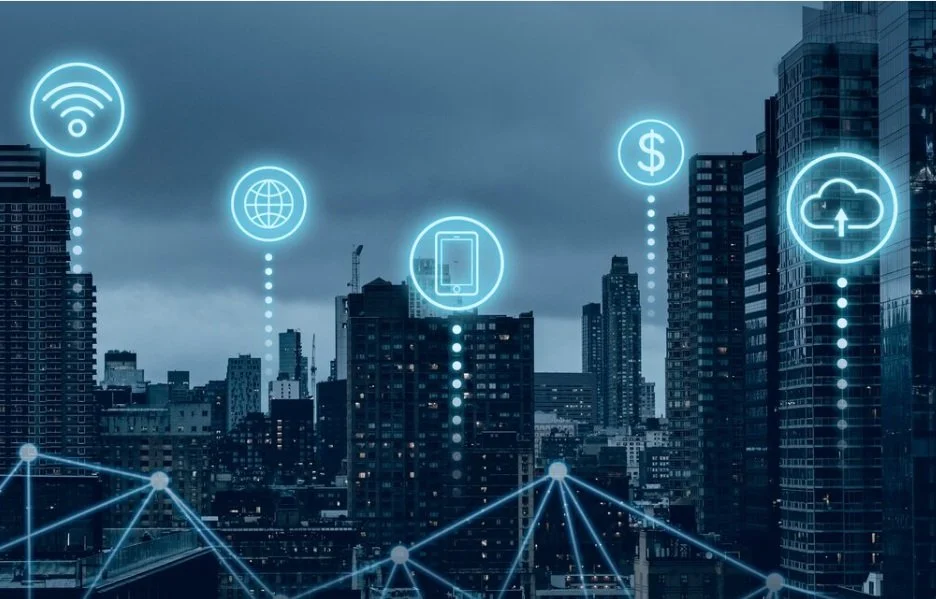Smart Buildings and IoT in Construction: Revolutionizing Modern Architecture
The rise of technology in the construction and architecture sectors has given birth to the concept of "smart buildings," which incorporate advanced technologies to enhance functionality, sustainability, and user experience. The evolution of smart buildings goes beyond just the inclusion of tech; it represents a paradigm shift in how buildings are designed, constructed, and operated. The increasing demand for smarter, more energy-efficient structures, coupled with advances in Internet of Things (IoT) technology, has paved the way for these intelligent systems. Smart buildings are equipped with interconnected devices and systems that work together seamlessly to optimize various aspects of the building’s operation, from energy use to security, comfort, and maintenance.
At the heart of this transformation lies the Internet of Things (IoT), a network of interconnected devices that communicate and share data in real-time. IoT serves as the backbone of smart buildings by enabling continuous data exchange between sensors, equipment, and management systems. These devices collect, analyze, and transmit data, which can be used to monitor building conditions, automate processes, and even predict future needs. The integration of IoT devices into the architecture of smart buildings allows for significant advancements in performance, efficiency, and user experience. For example, sensors placed throughout a building can monitor everything from temperature and humidity levels to occupancy and air quality, ensuring that each element of the building’s operation is fine-tuned and optimized for the specific needs of the occupants.
The integration of IoT in construction projects is helping build more efficient, safer, and more sustainable structures. Efficiency is greatly enhanced through automation and data-driven decision-making, which can lead to reductions in energy consumption, waste, and operational costs. Additionally, IoT-enabled systems such as automated lighting, heating, ventilation, and cooling (HVAC) allow for greater control over energy use, ensuring that resources are only used when needed, reducing waste and lowering energy bills. With real-time data on occupancy and environmental conditions, buildings can adjust dynamically to the needs of users, creating an environment that is more comfortable and cost-effective.
Safety is also improved in smart buildings. IoT sensors can monitor structural integrity, detect potential hazards, and alert building management to issues that require immediate attention. For example, IoT-enabled security systems can provide real-time surveillance footage, monitor access control, and trigger alarms if suspicious activity is detected. In terms of sustainability, the ability to gather data on energy consumption, water use, and waste management means that buildings can be more sustainable by identifying inefficiencies and making the necessary adjustments to reduce their environmental footprint.
This article explores the role of IoT in smart buildings, its applications, benefits, and challenges. From controlling the climate within a building to providing data for predictive maintenance and increasing occupant comfort, IoT has proven to be a transformative force in modern construction. As technology continues to evolve, the potential for smart buildings to revolutionize the way we live, work, and interact with our environment only grows. However, while the integration of IoT in construction offers many opportunities, there are also challenges to consider, such as the initial investment required for smart technology, data privacy concerns, and the complexity of ensuring that different IoT devices are compatible with each other.
Overall, the incorporation of IoT into construction projects and smart buildings represents a monumental shift in how we approach architecture and building management, offering unparalleled opportunities to create buildings that are more responsive, sustainable, and efficient. As technology continues to advance, the integration of IoT will likely become even more seamless, allowing for even smarter, more adaptive buildings that can meet the demands of an increasingly connected world.
What Are Smart Buildings?
Smart buildings are structures that use technology to automatically control and optimize various building systems such as lighting, HVAC (heating, ventilation, and air conditioning), security, and energy management. These buildings are designed to increase efficiency, reduce operational costs, enhance comfort, and improve overall quality of life for occupants. The core of smart buildings is a comprehensive system that gathers and analyzes data from various sensors placed throughout the building, allowing for real-time adjustments and informed decision-making.
How IoT Powers Smart Buildings
The Internet of Things (IoT) refers to a network of devices, sensors, and systems that communicate with each other and share data over the internet. In the context of construction, IoT integrates with building management systems (BMS) to collect, analyze, and act on data from various systems within a building.
Sensors and Devices: IoT relies heavily on sensors embedded in different parts of the building. These sensors monitor everything from temperature and humidity to occupancy, air quality, and light levels. For instance, occupancy sensors can adjust lighting and HVAC systems based on whether rooms are in use or not, saving energy.
Automation: The integration of IoT in smart buildings allows for automation of various processes. For example, lighting systems can automatically adjust based on time of day or room occupancy, while HVAC systems can optimize their performance based on real-time data from temperature and humidity sensors.
Real-Time Data Analytics: The data collected by IoT devices can be analyzed in real-time, providing actionable insights that help optimize building performance. For example, by monitoring energy usage patterns, building owners can identify inefficiencies and make adjustments to reduce consumption, leading to cost savings and a reduced environmental impact.
Remote Monitoring and Control: IoT-enabled smart buildings allow for remote monitoring and control of systems, making it easier for building managers to ensure that everything is functioning properly. This can include adjusting settings on HVAC units, security systems, and even monitoring for potential maintenance issues before they become critical.
Applications of IoT in Smart Buildings
IoT technology is being used in various aspects of building design and operation. Some of the key applications include:
Energy Efficiency and Management: IoT enables smart energy management systems that can optimize the energy consumption of lighting, HVAC systems, and appliances. These systems can adjust in real-time to reduce energy usage during off-peak hours or when certain areas of the building are unoccupied.
Security and Safety: Smart buildings incorporate IoT devices like security cameras, motion detectors, and access control systems that are connected to a central system. These systems can provide real-time alerts for security breaches and unauthorized access, improving building security.
Health and Comfort: IoT devices can be used to monitor air quality, temperature, humidity, and even light levels to enhance occupant comfort. For example, air quality sensors can detect pollutants or allergens and adjust HVAC systems accordingly, while lighting systems can be customized for different tasks or times of day.
Predictive Maintenance: IoT-enabled sensors can monitor the condition of building systems (such as elevators, HVAC units, or plumbing systems) and predict when maintenance is needed. This proactive approach helps prevent breakdowns, reduces downtime, and lowers repair costs by addressing issues before they become major problems.
Smart Lighting: With the help of IoT, smart lighting systems can be designed to automatically adjust to changing conditions in the building. These systems can detect occupancy in rooms and adjust lighting levels accordingly, saving energy when rooms are empty. Additionally, lighting can be customized for specific tasks, such as dimming lights for a presentation or brightening them for reading.
Sustainability: IoT plays a key role in sustainable building practices. By using data to optimize energy consumption, water usage, and waste management, smart buildings can significantly reduce their environmental impact. For example, IoT-based systems can control irrigation in landscaping, ensuring water is only used when needed, or track waste generation to improve recycling programs.
Benefits of Smart Buildings and IoT Integration
The integration of IoT in smart buildings offers numerous benefits, both to building owners and occupants. Some of these benefits include:
Improved Energy Efficiency: By optimizing building systems and reducing unnecessary energy consumption, smart buildings can lower utility costs and contribute to a more sustainable environment.
Enhanced Comfort and Convenience: Occupants enjoy a more comfortable environment, with automated systems that adjust lighting, temperature, and air quality to their preferences.
Reduced Operational Costs: IoT helps building owners save money by automating systems and reducing the need for manual interventions. Predictive maintenance also reduces the cost of repairs by addressing issues before they become major problems.
Increased Building Value: Smart buildings tend to have higher resale values due to their energy efficiency, sustainability, and the enhanced quality of life they provide to occupants. These buildings are also more attractive to tenants seeking modern, high-tech amenities.
Better Security: IoT enhances security through real-time monitoring and automated responses to threats. Access control systems, cameras, and sensors ensure that buildings are protected against unauthorized access and emergencies.
Challenges of Implementing IoT in Smart Buildings
While the potential of IoT in smart buildings is vast, there are several challenges that need to be addressed:
Cost: The upfront investment in IoT devices, sensors, and infrastructure can be high, especially in existing buildings that need to be retrofitted with smart technologies.
Data Privacy and Security: With the vast amount of data being collected by IoT devices, security and privacy concerns are significant. Ensuring that the data is protected from cyberattacks and unauthorized access is critical.
Interoperability: Many IoT devices are manufactured by different companies and may not always be compatible with each other. Ensuring that all devices and systems work together seamlessly can be challenging.
Maintenance and Updates: Like any technology, IoT systems require ongoing maintenance, updates, and monitoring. If not properly maintained, the systems may become less effective or even obsolete.
Conclusion
Smart buildings and IoT technology are reshaping the way we think about construction, design, and building management. By integrating IoT into construction projects, architects and developers can create buildings that are more energy-efficient, comfortable, secure, and sustainable. While challenges remain, the long-term benefits of smart buildings make them a valuable investment for the future of urban living. As IoT continues to evolve, we can expect even greater innovation and advancement in the way our buildings operate, enhancing the quality of life for occupants and contributing to a more sustainable built environment.


